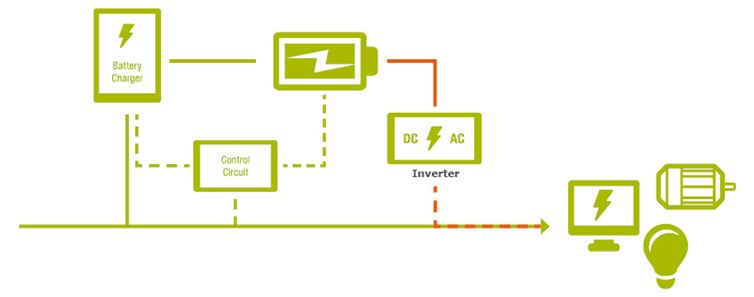Uninterruptible Power Supply (UPS) systems provide emergency or backup power to a load when the input power supply fails. It provides near-instantaneous protection from input power interruptions, generally through the use of batteries. A UPS has a relatively short runtime, but is usually sufficient to allow for proper shutdown of sensitive equipment, start-up of a more secure power supply, or for the issue to be resolved. A UPS is generally used to protect data loss from sensitive communication devices, to ensure the reliability of critical equipment such as in hospitals, or to provide minimum power for equipment such as emergency lighting.
Welcome to Delta Technocrats !!
-
29/4A NSB RoadRaniganj – 713347(WB)
-
Call Us 9434739700
-
Email Us info@deltatechnocrats.com


